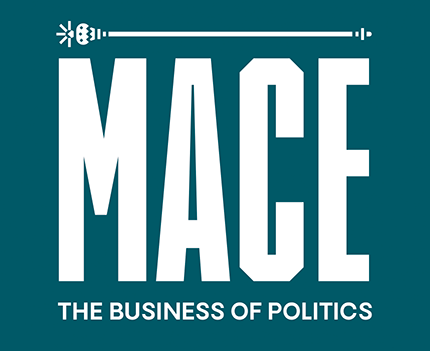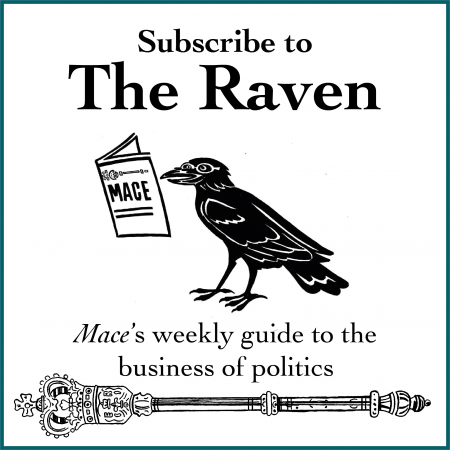Debunking myths around the “gender pay gap” is challenging because the widely held assertion remains that women are being short-changed. Though there are instances of sex-based discrimination, they are rare and will often lead to the employment tribunal – as well they should given that, in Britain, unequal pay has been illegal 1970.
Why talk about the GPG now? The European Commission is planning to introduce a pay transparency mechanism not dissimilar to the GPG reporting measures introduced by the UK government in 2017. Since then, companies with more than 250 employees have been required to publish gender pay gap data every spring, though this was suspended in 2020 and delayed in 2021 due to the Coronavirus pandemic.
The legislation was never needed, and ought to be chucked onto the post-Covid regulatory bonfire. It burdens businesses, stirs ill-feeling among colleagues, risks unfair castigation of those firms with large gaps, and tells us nothing meaningful about the differences in pay between the sexes.
Differences in pay result primarily from men and women doing different jobs, and the consequent gaps in average pay. There are legitimate reasons why some roles will pay more than others. They may differ in the skills required, the inherent attractiveness of the work, the degree of responsibility, hours, location. If men and women hold different roles, pay differentials are inevitable – as they are between any two groups where members have different employment patterns.
Consider the pay gaps present in the UK labour market today. On gender, men do better than women. On ethnicity, Indians and Chinese do best (better than white British); Bangladeshis and Pakistanis do worst. On sexual orientation, lesbians are higher paid than heterosexuals. The disabled suffer marked disadvantage.
Furthermore, narrow pay gaps are not necessarily suggestive of a more equal society. When Germany reunified after the fall of the Berlin Wall, the GPG fell sharply. This wasn’t down to a boost in female pay, but rather because low-paid women in East Germany lost jobs in large numbers. Italy’s pay gap is well below the EU average, at 4.7 per cent, but around 20 per cent fewer Italian women aged 15-64 are employed. Germany and the UK have relatively large pay gaps, but very high female participation and employment rates.
In countries with more generous parental leave, women stay out of the labour force longer; thus the pay gap begins to widen. Nordic nations are among the globe’s most egalitarian, and yet their welfare states hold women back – as we can see from their female pay, management and company ownership levels.
The GPG reporting measures – which calculate the mean and median GPG in hourly pay, the mean and median bonus GPG, and the proportion of males and females in each pay quartile, or receiving a bonus payment – are superfluous given we already have more data from the Office for National Statistics with a more detailed breakdown. It features more controls and therefore achieves a more accurate reflection of pay differences: the reporting measures do not even distinguish between full-time and part-time earners. 38 per cent of women in employment were working part-time in 2020, compared with 15 per cent of men – and given part-time work is on average paid less, this data will inevitably show women are paid less.
Nonetheless, the crude data have been seized upon by those intent on portraying women as victims of a cruel patriarchy. Businesses are burdened, not just in collecting this data but investing time and resource towards putting the figures into context for employees or stakeholders, and devising action plans setting out how they plan to tackle the “gap”. The risk, of course, is that this legislation leads to employers trying to ‘game’ the situation by, for example, hiring fewer women into junior roles.
For illustrative purposes, consider this example. In 2018, airline EasyJet was lambasted for its 45.5 per cent pay gap. Many leapt to the assumption that discrimination was at play. But a closer look revealed a different story: 71 per cent of cabin crew were female, paid an average salary of under £24,000. 5 per cent of pilots were female, paid an average salary of £98,000. Because there is no jobs breakdown in the GPG reporting figures, EasyJet was found to have a wide gap. Yet when comparing male and female cabin crew, and male and female pilots, in their respective roles, EasyJet reported that women earn what their male equivalents earn.
Rather than fixate on meaningless data, governments should explore why some women opt for less demanding roles, or pursue careers in industries where the earnings potential is lower. A key factor is motherhood: women who have children earn up to 45 per cent less than those who do not in the six years after the birth of their first child. They work shorter hours, switch to less demanding jobs, miss out on promotion opportunities, or a combination of the three. This is often consciously chosen, and may increase utility, if not pay.
The writing may already be on the wall for EU legislation to “increase gender inequality”. Lessons from Britain show policymakers should do all they can to erase it.


